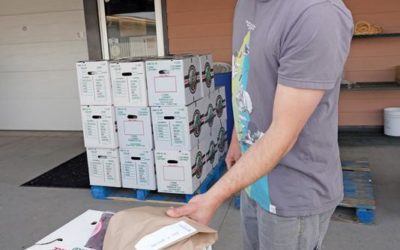At the beginning it’s ordinary–a video of a Santa Monica street musician, a bluesman named Robert Ridley, singing the Ben E. King evergreen “Stand By Me” with a few words of inspiring introduction. Then, an idea that’s perfectly simple, yet that nobody had ever thought of before: a producer takes the recording to other musicians around the world, who hear it on headphones and add their own voices or instruments. His microphone encounters singers in New Orleans and Amsterdam, a circle of Zuni drummers in New Mexico, an Italian saxophonist, a cellist in Russia, a South African female vocal ensemble, and so on. The producer mixes them all together, and the video, put up on YouTube, attracts the attention of 15 million people directly, plus millions more via news and late night shows on television.
“Playing for Change” has been an Internet phenomenon, and a novel one even by the compressed time scale of the medium–it’s easy to forget that YouTube is less than five years old. It’s novel as well in its attempt to leverage the sheer momentum of tens of millions of people who have seen something and felt it was worthwhile enough to tell their friends about it. With a goal no less lofty than to “inspire, connect, and bring peace to the world through music,” Playing for Change has filled in the space between clever YouTube notion and distant ideal with some intermediate steps: a documentary film, various television appearances, and a foundation, to be financed by profits, that will set up music and art schools around the world.
And now there’s a Playing for Change live concert. It started with a few shows on the coasts and a big event at Britain’s Glastonbury Festival, but now it’s a full-fledged tour. The current Playing for Change Band includes the straw-hatted New Orleans musician Grandpa Elliott and the Surinamese-Dutch singer Clarence Bekker from the “Stand by Me” video, as well as musicians from other Playing for Change collaborations. Many of these songs are of African-American origin, which is one thing worth pondering when the Playing for Change Band comes to the Ark on November 2. Another is the necessity of the live show itself–nifty and new as the Internet phenomenon may be, sooner or later, as Neil Young says, it all gets real.





Is it the Knight Market. The door near the addition to the building?
Similar vintage, Joan, but wrong location…